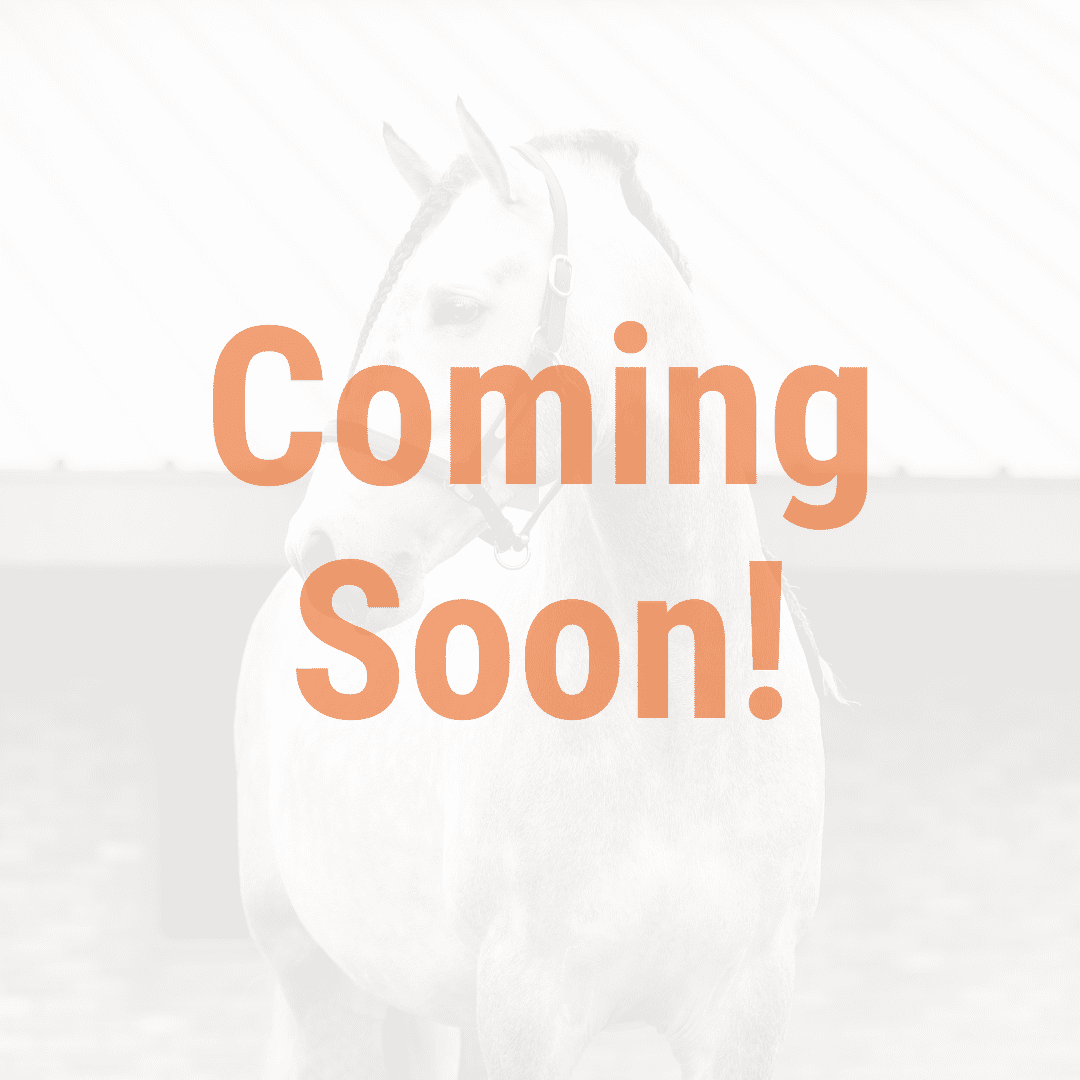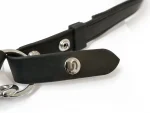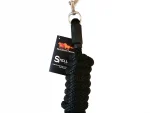1 year product guarantee
Free delivery on most orders over £40
Rated 4.9/5 stars on Feefo

Researched & tested products

Innovating for over 20 years!
Supporting Redwings Horse Sanctuary & Brooke
Feefo Gold Trusted Service Award Winner
Get more time to pay with Klarna
Poll injuries from Pulling Back
Poll Injuries from Horses Pulling Back, from a Veterinary Physiotherapists point of view:
It is inevitable that most horses will be tied up from time to time, whether on the yard, in their stable, or in a lorry or trailer. Some horses will be more comfortable with this than others. I’m sure we can all think of a time where our horse has pulled back to the point where a head collar, or a lead rope has released and they have broken free. It is also likely most of us can think of a time where a horse has pulled back and they haven’t broken free but have panicked and put a considerable amount of force against their poll, their neck and their back.
As a physiotherapist, I am often called to horses that have suddenly become head shy, difficult to tack up and groom and have also become more resistant to the contact in ridden work. The onset of a majority of these cases can be traced back to an incident where the horse has pulled back whilst being tied up.
These horses often present with reduced range of motion in the poll and tension in the muscles around this area. The structures commonly affected are the splenius muscle, occipitohyoid muscle, the nuchal ligament and the atlanto-occipital joint. In more severe cases, muscle strains can be seen along the length of the neck and into the back. The hind quarters may present strains too, especially if the horse didn’t manage to break free and they may have slipped with their hind legs.
In a survey of 5615 respondents*, 75% of head collar injuries occurred when tied up, and injuries ranged from cuts, all the way to fractures.
In a worst case scenario, pulling back in a head collar that doesn’t break can lead to poll fracture which can be career changing for a horse. Obviously this is something that we all want to avoid and so this is definitely a situation where prevention is better than cure.
This is why I would always recommend using a head collar or lead rope that will break away and release before causing extensive damage to your horse.
*Survey of 5615 respondents, Dr David Marlin, October 2019.
Category
Advice, Equine Ailments, Equine Behaviour, Horse Care & Equipment, Keeping your horse happyVictoria Boakes, Veterinary Physiotherapist
Vicky studied Equine Sports Science at the University of Lincoln and went on to complete a 2 year Post-Graduate course, CEPT, to become a Veterinary Physiotherapist. With many years experience treating both equine and canine clients, Vicky has a particular interest in equine performance therapy.
Why not take a look at...
View all products-
 Stellar Headcollar£49.99 View product
Stellar Headcollar£49.99 View productStellar Headcollar
Redesigned for 2024, Stellar will be available early Spring Summer…
-
 Spare Stellar HeadpieceView product
Spare Stellar HeadpieceView productSpare Stellar Headpiece
Replace your Stellar Headpiece in a jiffy with the spare…
-
 Stellar Lead Rope£12.99 View product
Stellar Lead Rope£12.99 View productStellar Lead Rope
The only lead rope you need for you horse! The…
